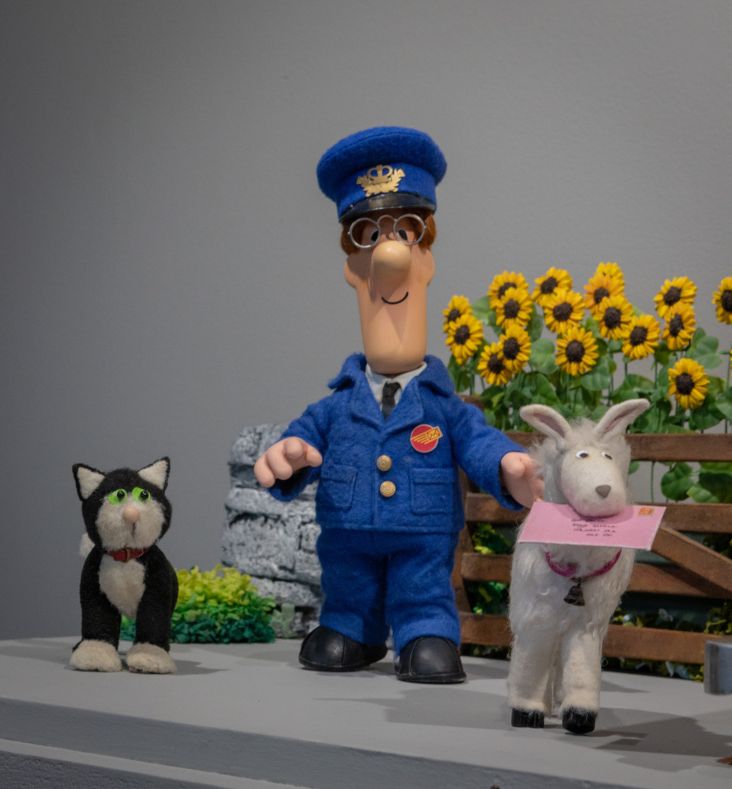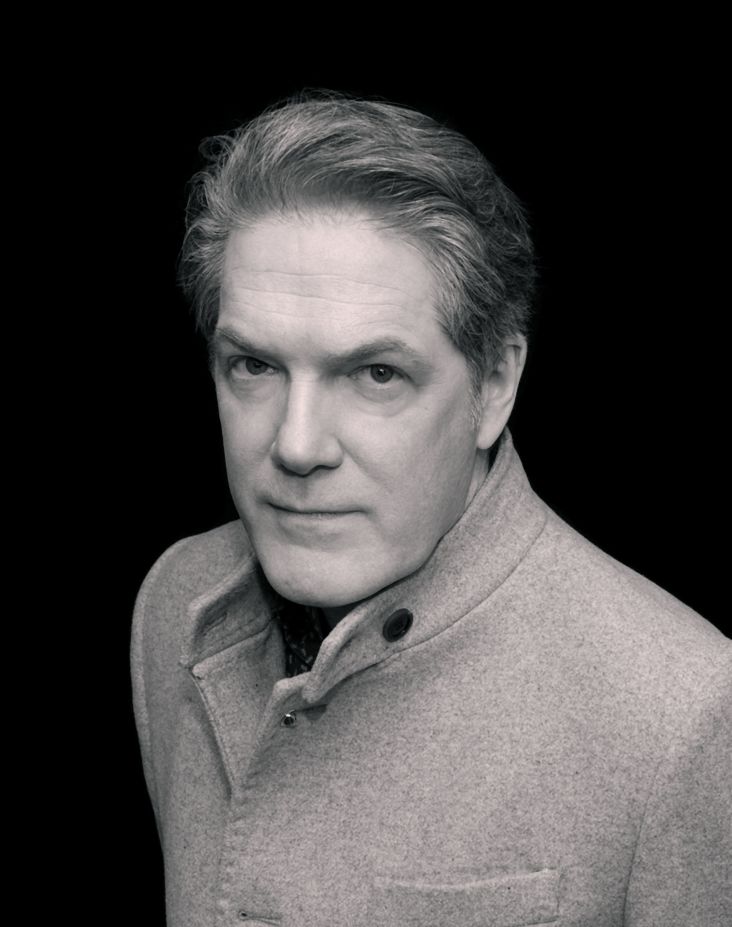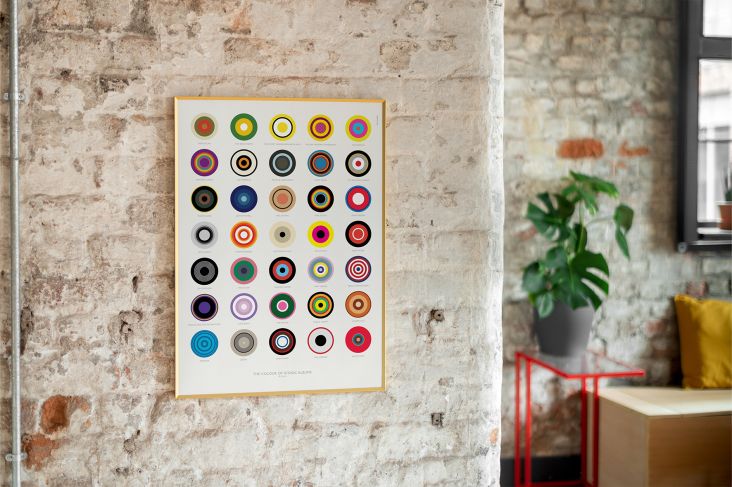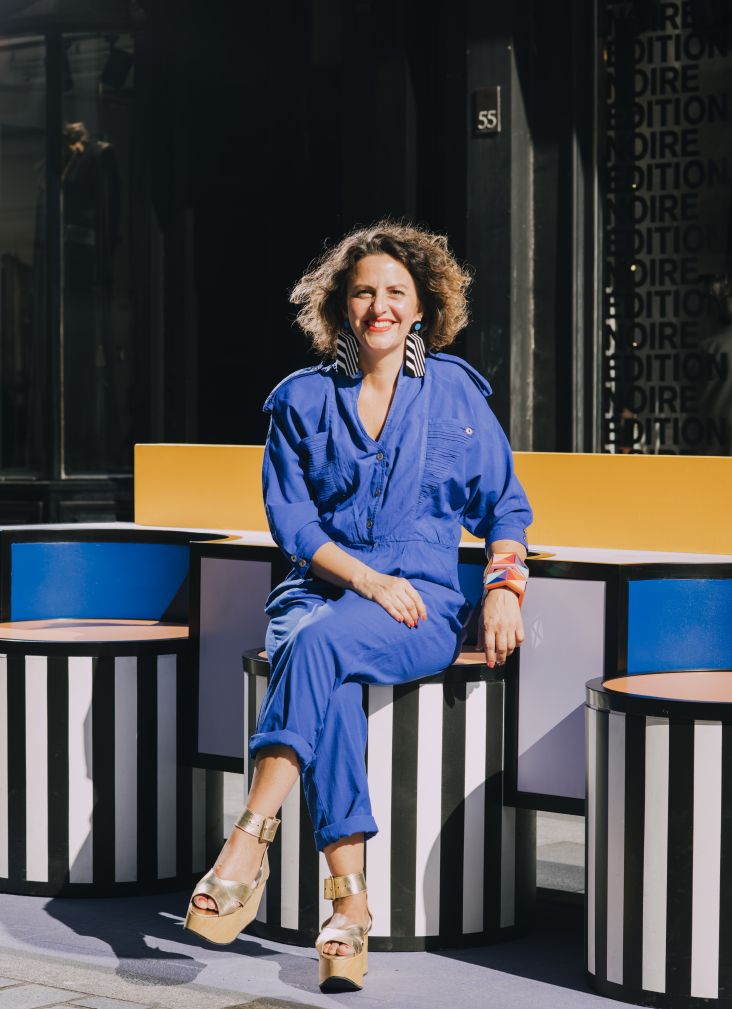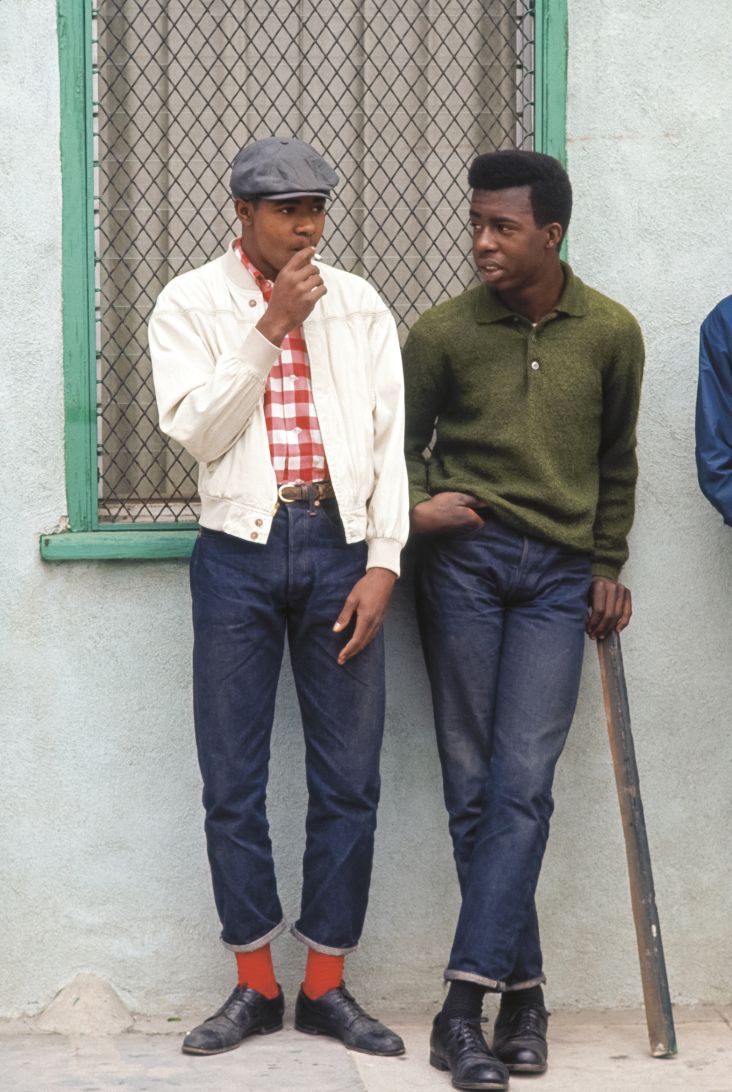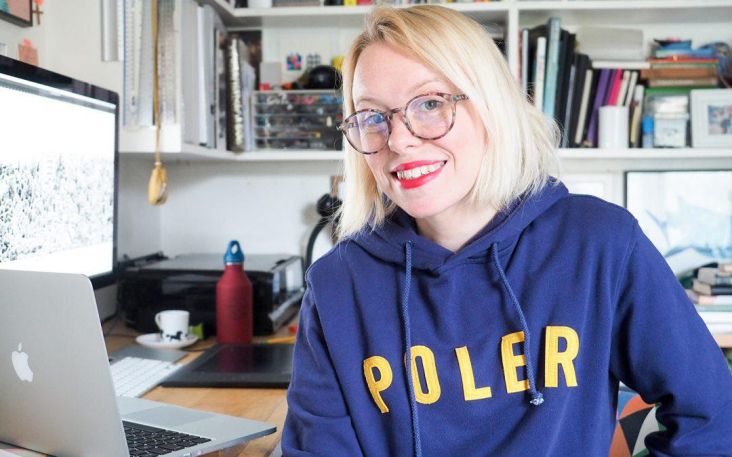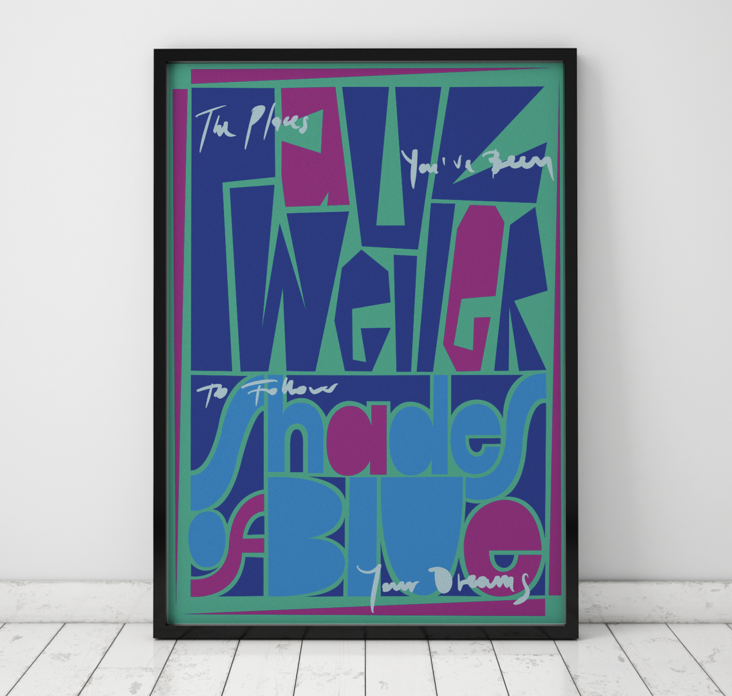Francesco Lo Iacono on fashion illustration, mastering watercolours and his new book
With clients including Dior, Louis Vuitton and Gucci, Italian illustrator Francesco Lo Iacono certainly knows what it takes to make a fashion design leap off the page. And in his new book, he reveals the techniques budding fashion illustrators need to know to break into the industry.
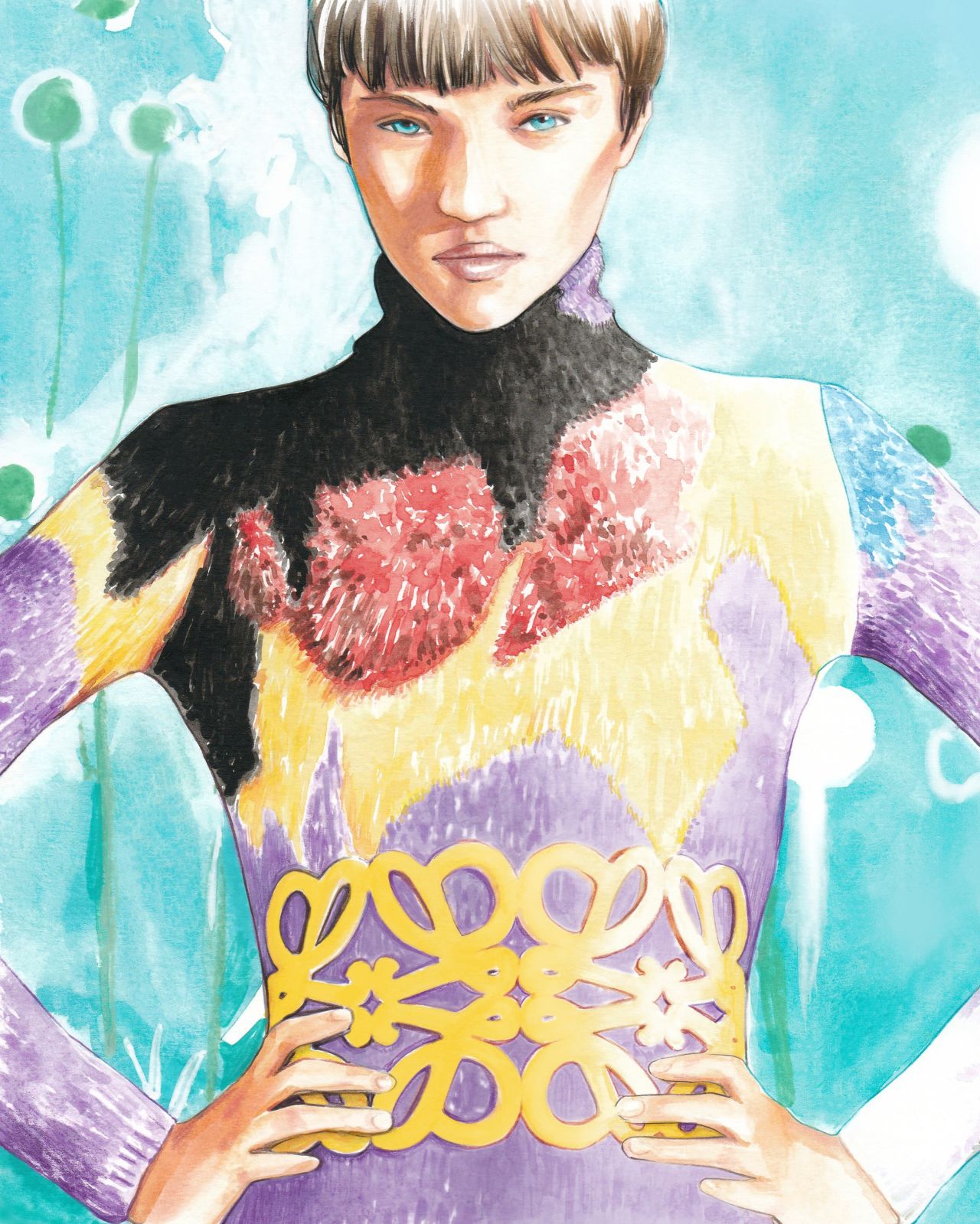
Having been into drawing and painting ever since he was a kid, when he would spend his time filling up school books with endless sketches, Francesco would go on to study Fine Art at a higher level. Curiously though, he had no immediate interest in fashion and was more concerned with photography instead. However, the inspiring editorials of fashion magazines would spark his fascination with the industry, and soon after, he moved to Paris to work in the womenswear department of a trend forecasting industry.
During this time, Francesco started to take his career as a fashion illustrator more seriously and realised that fashion illustration could pull together all of his interests. His eagerness and excitement for the medium have paid off. He has since been enlisted by top clients, including high-end department stores and the respected fashion magazines which caught his attention all those years ago.
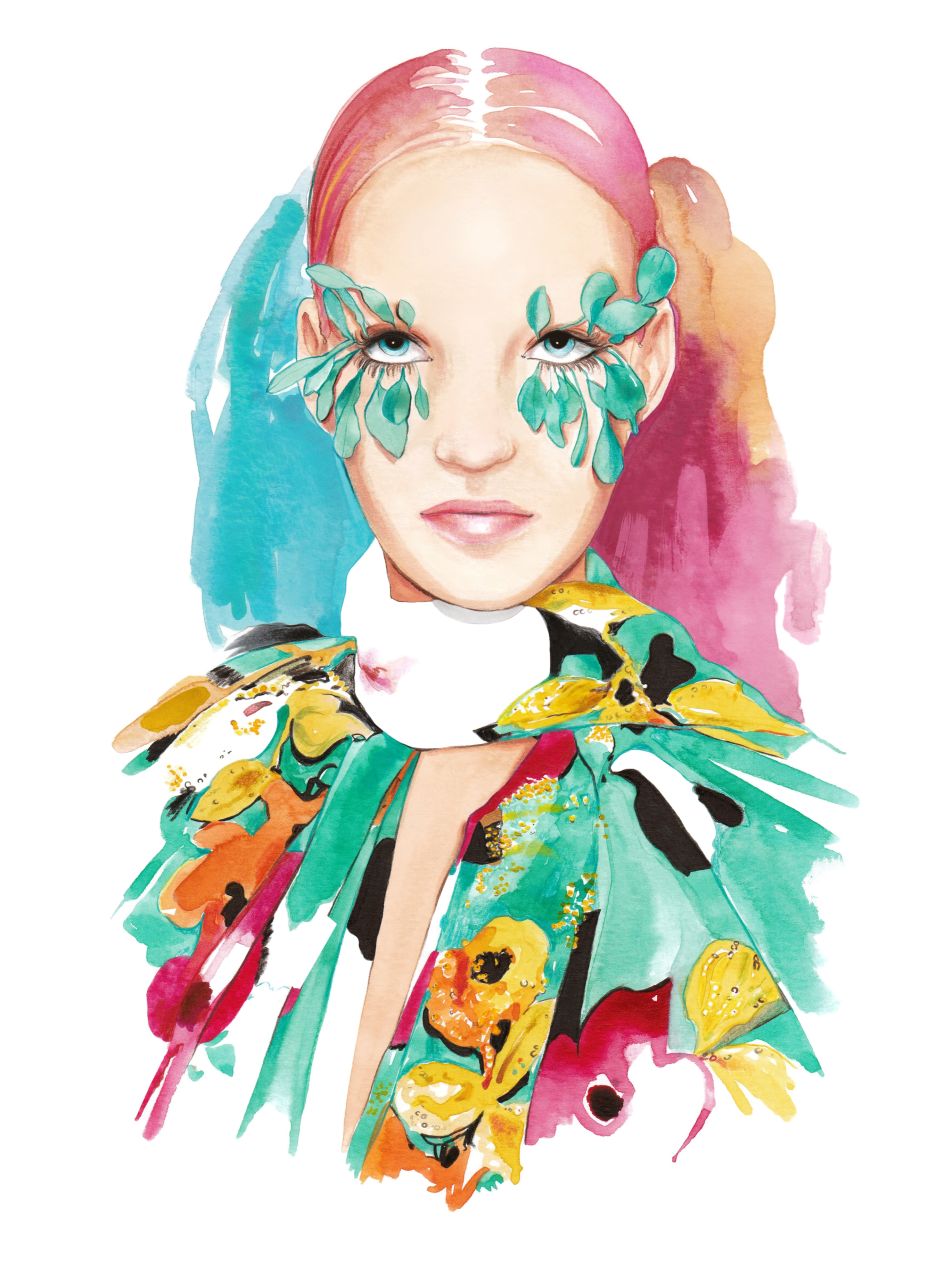
In his recently-released first book, Watercolor Fashion Illustration, Francesco shares what he's learnt from his career so far to help fashion illustrators who are just starting out or looking to make a change and get into the industry. We caught up with him to learn more about it.
What made you want to release Watercolor Fashion Illustration?
Since I started working as a fashion illustrator, I've always had this tiny dream of creating and publishing my own book. I would say it was also a matter of timing. I had the pleasure of hosting a Fashion Life Drawing class in London for more than two years. I loved sharing my tips with other illustrators, working alongside young talented fashion designers and models. Unfortunately, the pandemic hit, so I had to halt everything.
Around the same time, I got in touch with my publisher, and they thought this could be the right moment for a fashion illustration book with a focus on watercolour, and not long after, we had our first Zoom meeting to discuss further details about the book. It was during the beginning of the very first lockdown in the UK, and that's when I started working on my book. In a way, I see this book as the natural follow up of my fashion illustration workshop.
Are watercolours uniquely suited to fashion illustration?
Watercolour is extremely versatile. It's one of the things that make it unique. In the arts and illustration, watercolour has been used in very different ways. Personally, watercolour has been a natural choice, but I also think that watercolour can easily adapt to my style of fashion illustration, which can be considered traditional and classic in a way.
In the book, I often mention how I find watercolour highly suited to solve certain issues or depict something in particular. For example, there's a whole section dedicated to how to render some fabrics and textures with watercolour, and they have been carefully picked in order to highlight the value of watercolour in this specific use.
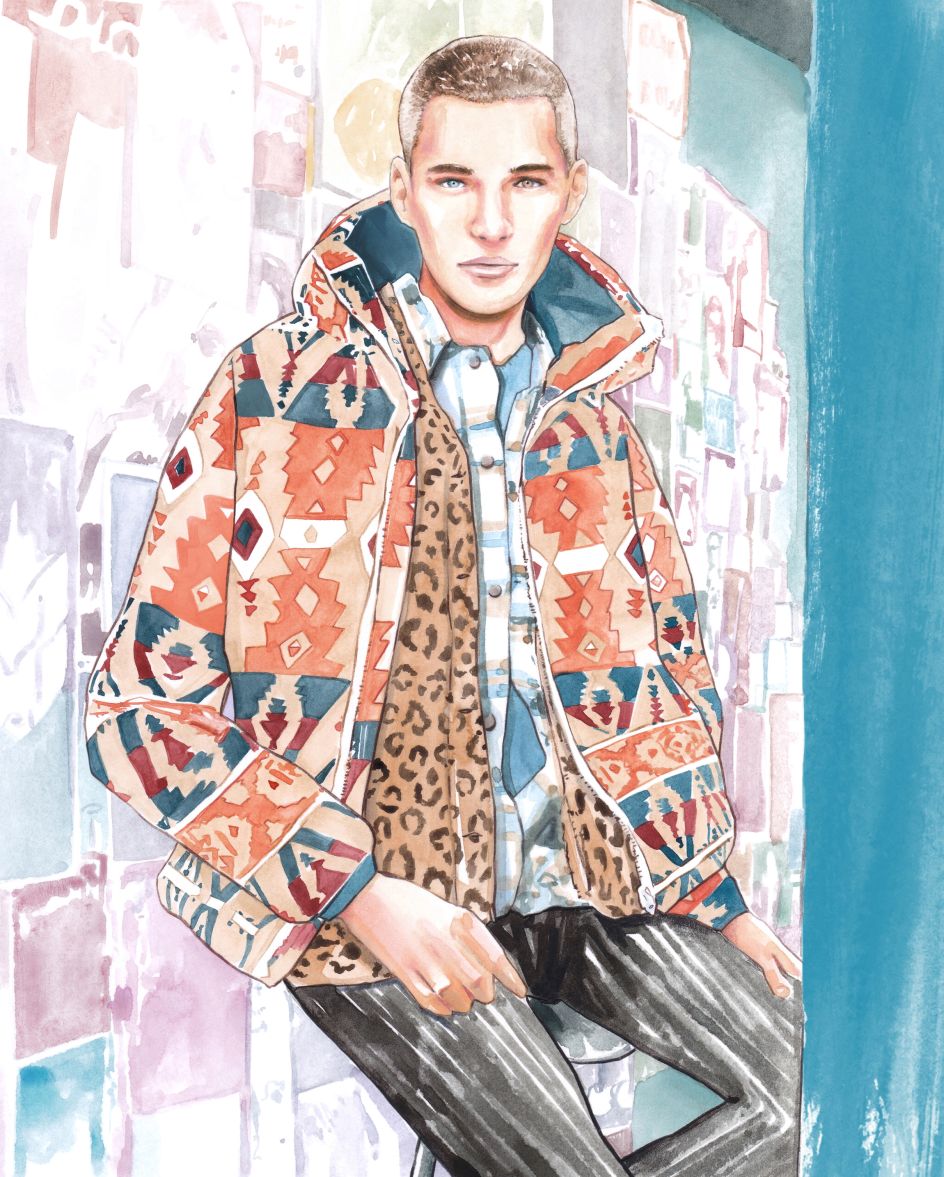
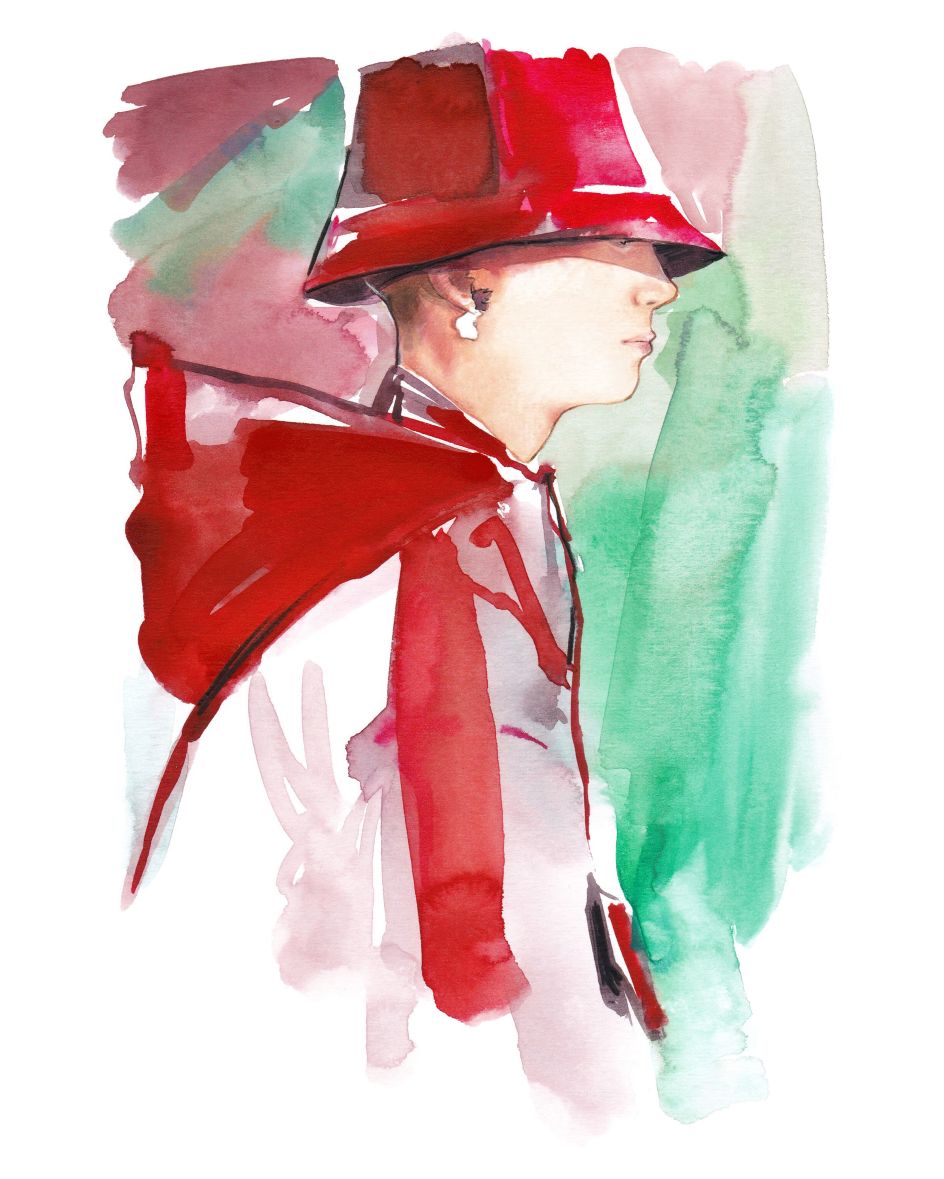
Who is the book primarily aimed at, fashion students or people thinking of studying fashion in the future?
I really tried my best to make this book useful and compelling to many people. The book is primarily aimed at those who sincerely love fashion, illustration and watercolour. Those who happen to love the three, just like me, will find this book the perfect option.
At the same time, throughout the book, I think I gave some valuable tips and advice not only about the watercolour technique but also about the fashion illustrator career itself, and to a greater extent, what it's like being an artist. Although I start with the basics, I end up dealing with other aspects of being an illustrator, such as developing your style, digitising your work and keeping a professional and responsible attitude as a creative.
When I was hosting my fashion illustration workshop, I met many different people who were at different stages of their creative path: fashion students, professional artists, people who wanted to reconnect with their creative side after years away. So when writing the book, I took this into consideration and tried to give something to everyone.
If readers could take one thing away from your book, what would it be?
I think I really would like people to feel, through the pages of my book, all the love and passion I have for this technique and for my job. And along with love, also the commitment needed in order to succeed as an artist and an illustrator.
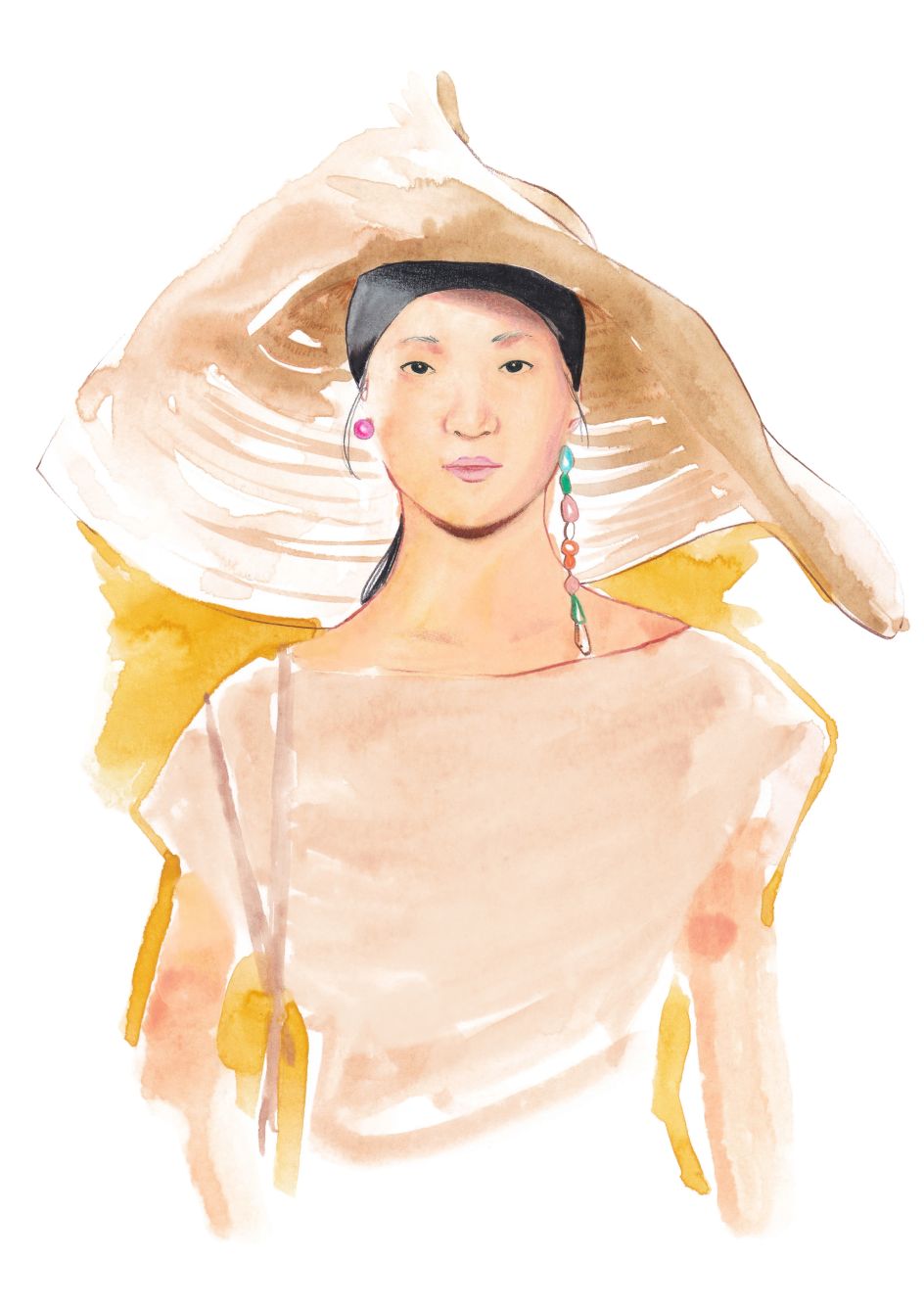
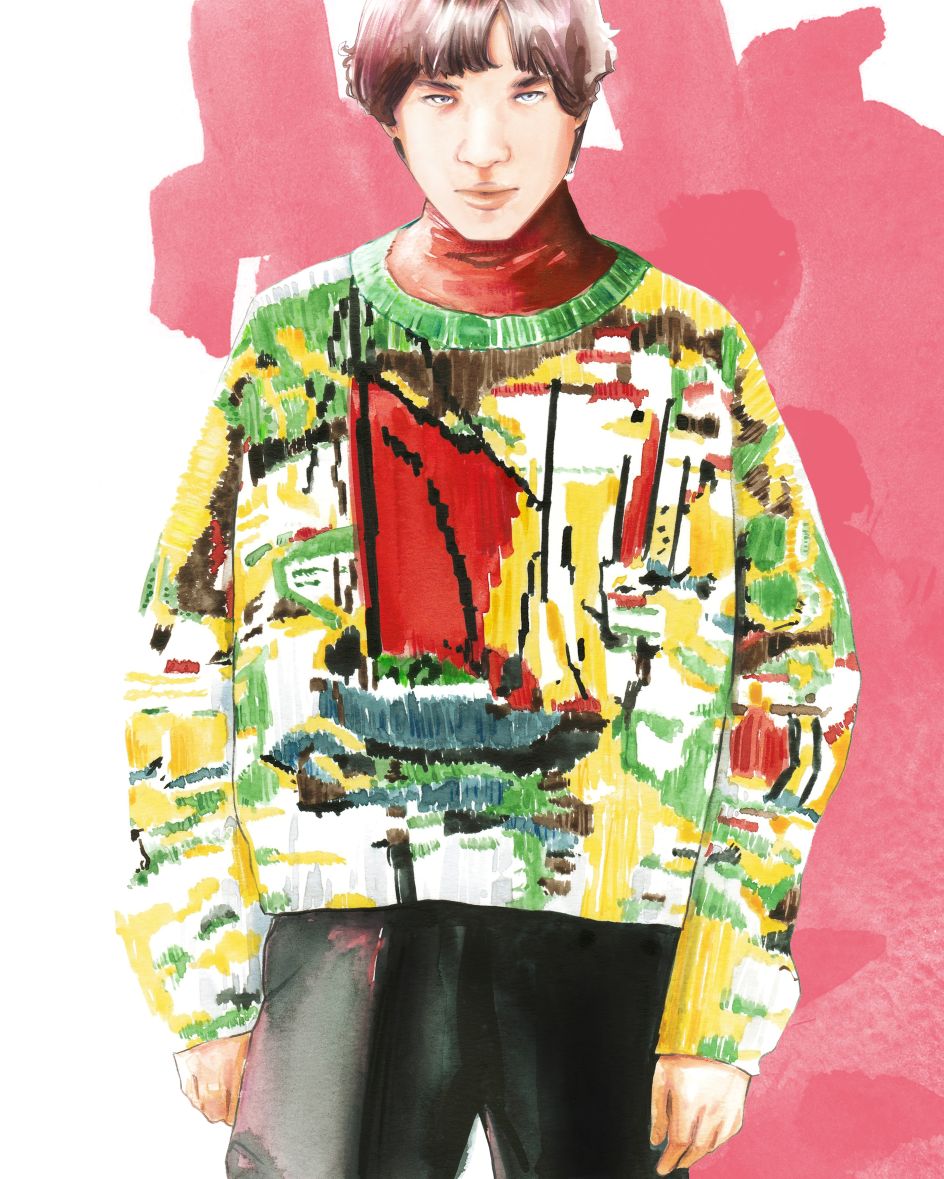
Watercolours are seen as a difficult medium to master. What's the secret to using them well?
I am aware that watercolour can be seen in that way, and I do understand why. In the book, I give a lot of information on how to approach watercolour for the first time, offering all my knowledge, and hopefully, by the end of it, you will be able to master watercolour. But along with my guidance, it is necessary to be open, patient, creatively brave and dedicated. Practising is naturally key to make the most of the book. So maybe keeping practising is the real secret. There are no shortcuts, but I am happy to share my tips to make your creative path easier and more enjoyable. Also, I think it's important to keep it fun. It's a way to keep exploring the technique and learning.
What advice would you give to people thinking of pursuing fashion illustration?
I feel blessed to be able to explore my creativity as a fashion illustrator every day. It has been, and it still is a breathtaking journey, and I think that a mix of patience, passion and practice has led me to where I am now.
Put together a well-rounded portfolio that shows all that you can achieve to gain the trust of potential clients and secure their commissions. Every artist has a different path, don't compare yourself to others and keep focusing on your craft and art.
Keep practising and learning, don't stop nurturing your creativity and be patient as this journey may take a while.
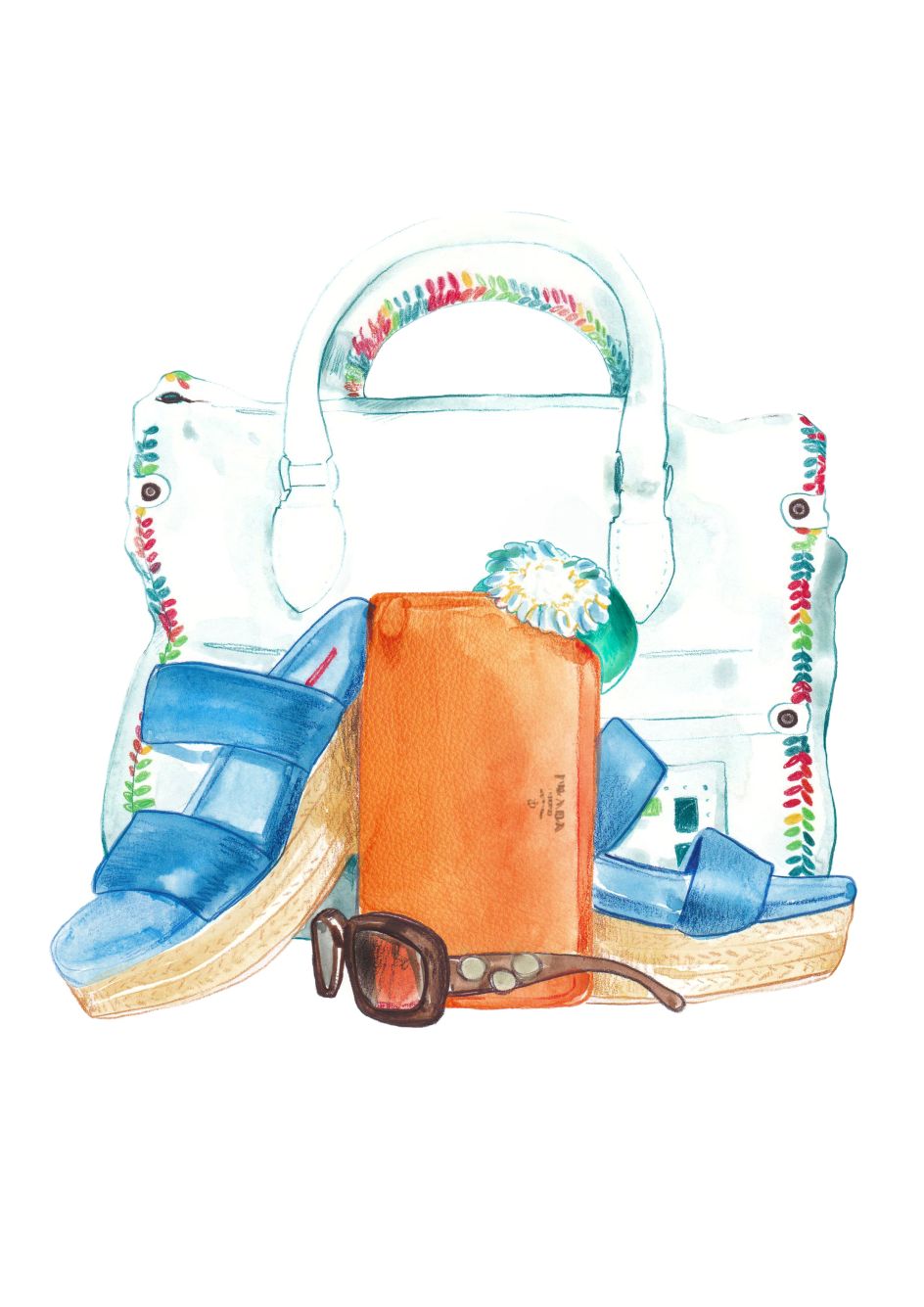

 for Creative Boom](https://www.creativeboom.com/upload/articles/06/063686a9a3b095b9b1f0e95df917ed4bd342be1b_732.jpg)



 using <a href="https://www.ohnotype.co/fonts/obviously" target="_blank">Obviously</a> by Oh No Type Co., Art Director, Brand & Creative—Spotify](https://www.creativeboom.com/upload/articles/6e/6ed31eddc26fa563f213fc76d6993dab9231ffe4_732.jpg)
 by Tüpokompanii](https://www.creativeboom.com/upload/articles/58/58684538770fb5b428dc1882f7a732f153500153_732.jpg)








